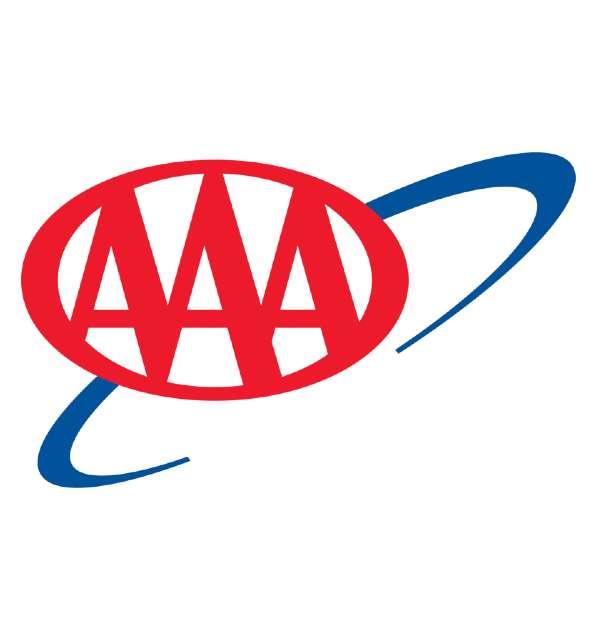
AAA
WICHITA, Kan. – As 61.6 million Americans plan to drive to their destinations for the Independence Day holiday, including more than 585,000 Kansans, AAA expects to rescue more than 3,000 drivers across the Sunflower State and more than 690,000 nationwide.
According to S&P Global Mobility, the average age of vehicles on American roadways is a record 12.8 years old, which is a full two months older than last year and four months older than the year before. Previous AAA research shows that vehicles 10 years and older are twice as likely to end up stranded at the roadside compared to newer vehicles, which suggests that many more drivers, and their passengers, will have travel plans derailed this summer by what could be a costly breakdown.

Before hitting the road, AAA reminds motorists to plan their route in advance and ensure their vehicle is road-ready, to help avoid a breakdown along the way.
“Dead batteries, flat tires, and vehicle breakdowns requiring a tow will be the leading reasons AAA members will request our assistance,” said Jon Burgett, AAA Roadside Service Fleet manager in Wichita. In an effort to ensure cars are road-ready, AAA strongly advises travelers to have their vehicles inspected and serviced by trusted repair shops, including AAA Approved Auto Repair facilities.
Fortunately, most roadside trouble is avoidable. For vehicles of any age, old and new, AAA advises drivers make a good B-E-T to stay on the road by having a vehicle’s Battery, Engine and Tires checked before embarking on a summer excursion. Long trips coupled with hot weather places additional strain on vehicles and in some cases may accelerate a dormant issue. When these key systems are in good working order, AAA data shows the odds of encountering a serious breakdown are greatly reduced. The top three types of vehicle issues that could derail a road trip are:
- Battery-related issues, including faulty starters or alternators. A battery on the brink of dying rarely warns a driver before it fails, but having a simple battery test will. Through its mobile battery program, AAA offers its members free testing of a vehicle’s battery and electrical system, and on-site battery replacement, if needed.
- Engine cooling system failures, such as the radiator, thermostat or water pump or engine parts such as the timing belt, most prominently in vehicles age 10 years and older. Much like a battery, the components of the engine cooling system may fail without warning. Drivers should look for fluids such as coolant pooling underneath the vehicle when it is parked as an indication of an impending problem.
- Tire damage severe enough to require repair or replacement. Drivers can minimize this risk by checking tread depth, tire pressure and whether their vehicle is equipped with a spare tire.
Breakdowns can put drivers and their passengers at risk, especially on busy interstate highways. At the first indication of a mechanical problem, drivers need to try to safely move their vehicle as far to the right, away from the lanes of travel, as possible. Then STAY in your vehicle and call for help immediately. When help arrives, remain in your vehicle until police or an AAA Emergency Roadside Service technician approaches your vehicle with further instructions.
Road Trip Resources
To assist road-tripping holiday travelers, AAA has also compiled favorite trip-planning resources, backed by more than 100 years of road-tested experience and expertise. AAA.com/RoadTrip is a free resource to help travelers find inspiration, explore destinations, plan the perfect route and get their vehicle road trip ready.
Stock a Summer Emergency Kit
Even with proper preventive maintenance, summer breakdowns can still occur, so AAA recommends every driver have a fully charged cellphone on hand so they can call for help when needed and also keep a well-stocked emergency kit in their vehicle to ensure everyone’s safety while they’re waiting for help to arrive.

AAA says the emergency kit should include water, non-perishable food items, jumper cables, a flashlight with extra batteries, road flares or an emergency beacon, basic hand tools, and a first aid kit.
Remember to Move Over
All 50 States have enacted “Slow Down, Move Over” laws, but not all Americans know they exist.
When approaching any vehicle with lights flashing on the side of a two-lane roadway, drivers should slow downto a speed that is safe and approach with caution unless otherwise directed by an emergency worker on the scene.On multi-lane roadways, slow down when you see the flashing lights of any vehicle at the roadside and, if possible, move over into an adjacent lane. If you are unable to switch lanes, slow to a speed that is safe and reasonable.





